In today's building and design landscape, sustainability isn't just an optional add-on; it's increasingly becoming a fundamental expectation. Driven by environmental concerns, regulatory shifts, the pursuit of certifications like LEED and WELL, and growing client demand for healthier, more responsible spaces, eco-conscious design principles are reshaping how projects are conceived and executed. For architects, builders, and designers committed to these principles, the challenge lies in selecting features and materials that meet both aesthetic goals and stringent environmental performance standards.
A fireplace often serves as a desirable focal point, adding ambiance and visual comfort. But traditional combustion fireplaces (wood and gas) present significant environmental hurdles. How can you incorporate the allure of a hearth without compromising your project's sustainability goals? Aquafire water vapor fireplaces offer a compelling solution.
Aquafire's Green Credentials: A Closer Look
Aquafire technology creates hyper-realistic flames using only water vapor and light, completely bypassing the combustion process. This fundamental difference results in significant environmental advantages:
-
Zero Harmful Emissions: Unlike wood-burning fireplaces (which release particulate matter PM2.5, carbon monoxide [CO], volatile organic compounds [VOCs], and CO2) or even gas fireplaces (which emit CO2, nitrogen oxides [NOx], and potentially CO), Aquafire produces zero combustion byproducts. This means no harmful emissions impacting indoor or outdoor air quality, directly contributing to a healthier environment.
-
Radical Energy Efficiency: Traditional electric fireplaces often rely on energy-intensive resistive heating coils (typically 1500W or more) to produce heat alongside visual flames. Aquafire, however, requires only minimal electricity to power its energy-efficient LEDs and the ultrasonic transducer that creates the cool mist. This drastically lower energy consumption aligns perfectly with goals for reducing operational energy use and carbon footprint.
-
Minimal Resource Impact: Aquafire utilizes a small amount of ordinary tap water – a readily available resource. Compare this to the harvesting, processing, and transportation footprint of firewood, or the extraction, processing, and pipeline infrastructure required for natural gas. (And you don't have to worry about the quality of your tap water either - our Vapor Pure Softener System was designed specifically for use in Aquafire Water Vapor Fireplaces to reduce the damaging effects of hard water, and comes included with every Aquafire Pro purchase and can be purchased separately with other models.)
- Fossil Fuel-Free Operation: As an electrically powered appliance with extremely low energy needs, Aquafire eliminates the direct on-site consumption of fossil fuels required by natural gas fireplaces. This supports the growing trend towards building electrification and decarbonization efforts.

Contributing to Healthier Indoor Environments
The focus on occupant health and well-being, central to standards like the WELL Building Standard, is another area where Aquafire excels:
-
Improved Indoor Air Quality (IAQ): By producing zero particulate matter, CO, or other combustion pollutants, Aquafire helps maintain cleaner, healthier indoor air, crucial for respiratory health. There's no risk of pollutants backdrafting into the living space. In fact, every Aquafire is equipped with state-of-the-art germicidal UV-C lamps which disinfect the vapor as it flows out of the unit and into the air. This powerful technology eliminates up to 99.9% of viruses, bacteria, spores, microorganisms, and airborne pathogens, keeping your environment clean and healthy.
- Enhanced Safety: The cool mist "flames" are completely safe to touch, eliminating the burn risks associated with traditional fire, contributing to a safer environment for all occupants, especially children and pets.
Positioning Aquafire for Green Building Projects
How do these credentials translate into benefits for your sustainable projects? Specifying Aquafire can directly support your green building goals:
-
Alignment with LEED & WELL: While specific point contributions should always be verified against current standards and project specifics, Aquafire's attributes align well with key goals in LEED (e.g., Indoor Environmental Quality credits related to low emissions, potentially Energy & Atmosphere credits due to efficiency) and WELL (e.g., Air quality features, Safety, Thermal Comfort support by not adding unwanted heat).
-
Meeting Client Demand: It allows you to confidently meet client desires for both the ambiance of a fireplace and a commitment to health and environmental responsibility.
- Sustainable Ambiance Solution: Aquafire provides the visual comfort, focal point, and atmosphere of a traditional fireplace without the associated environmental and health drawbacks. It's a way to achieve design intent sustainably.

Specify Sustainably, Design Beautifully
Choosing Aquafire water vapor fireplaces means you no longer have to compromise between creating inviting, atmospheric spaces and upholding your commitment to sustainable, healthy building practices. It offers a unique synergy of stunningly realistic aesthetics and strong environmental performance.
Ready to incorporate sustainable ambiance into your next project?
Browse our Case Studies or contact us to discuss how Aquafire can contribute to your green building goals!


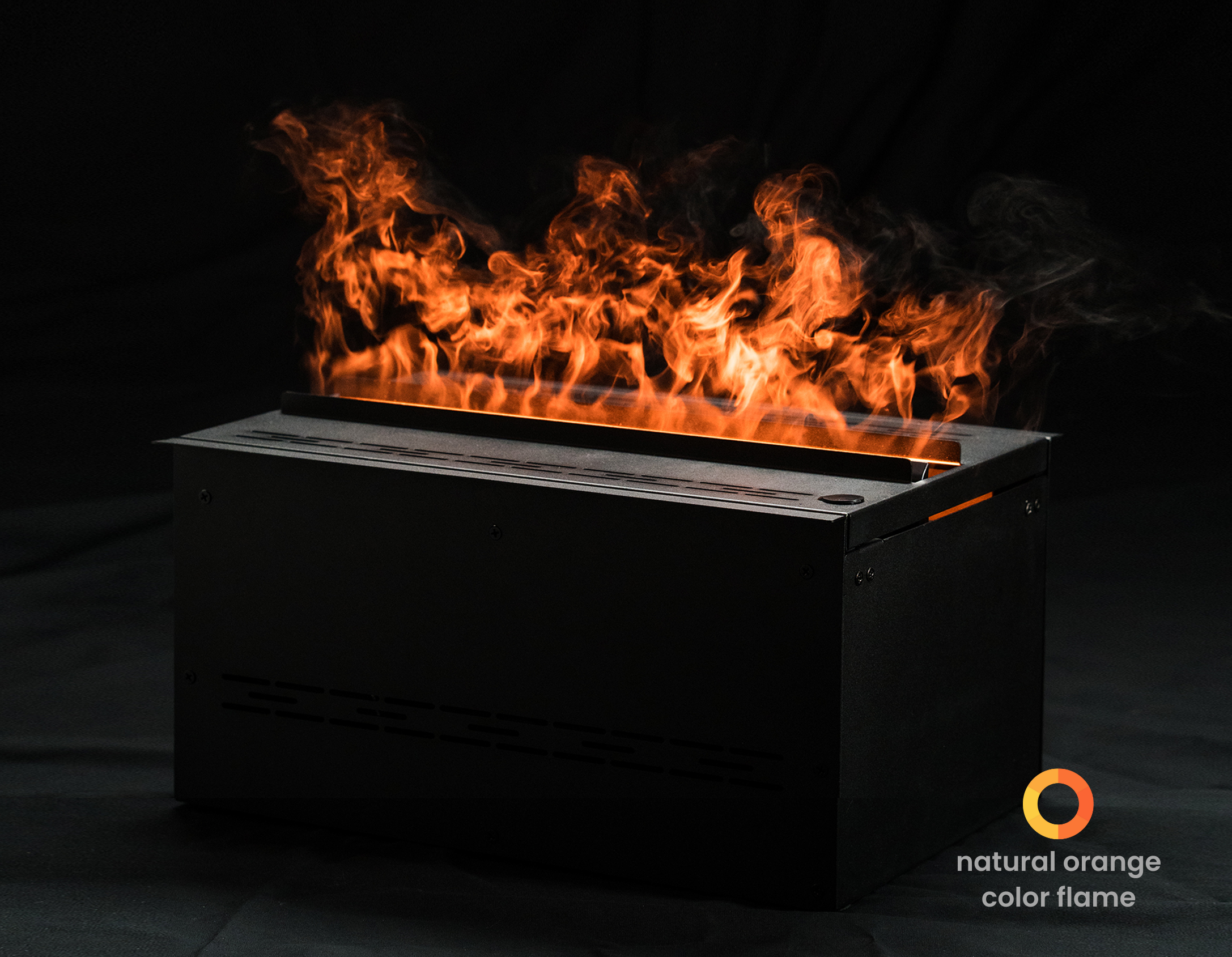
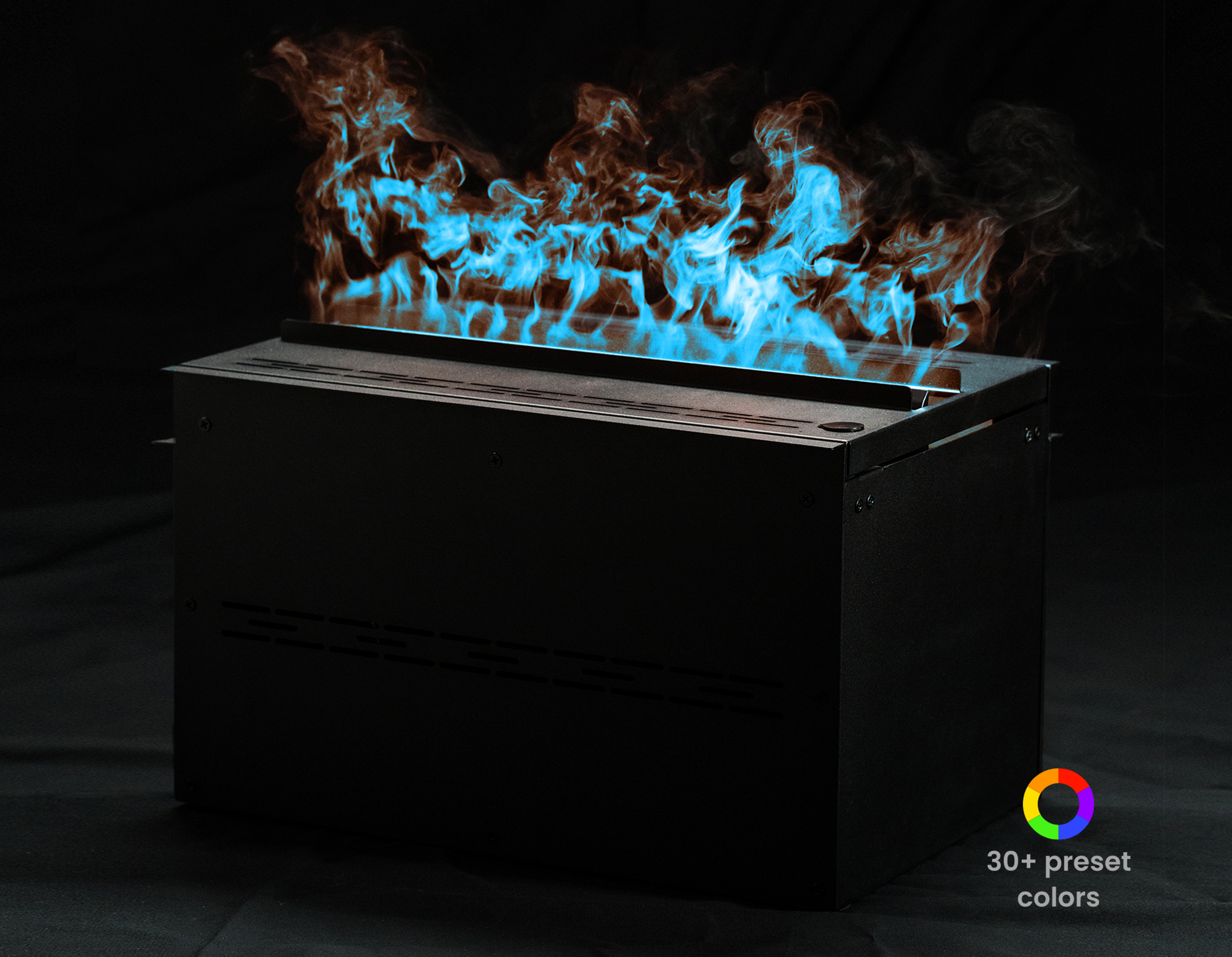
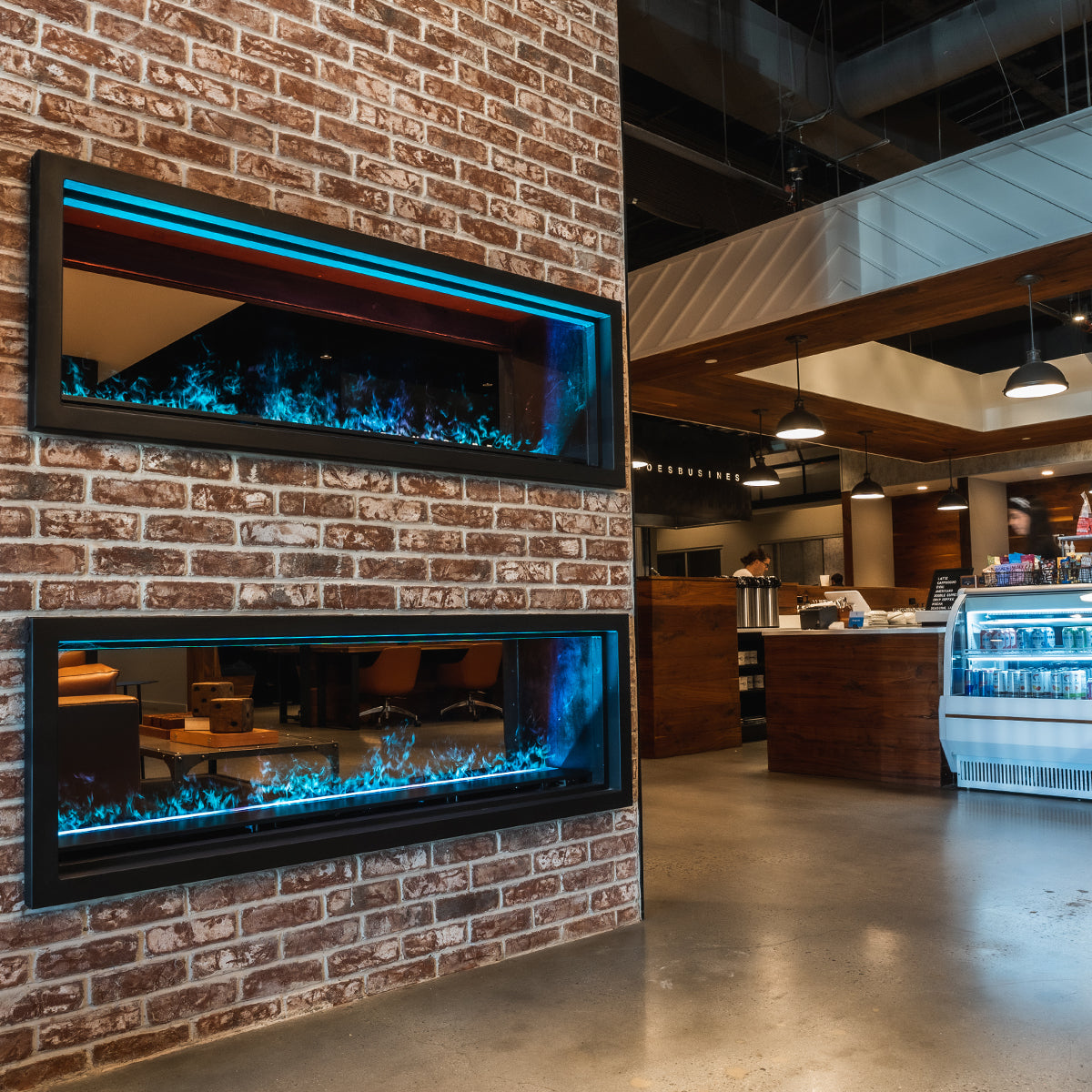
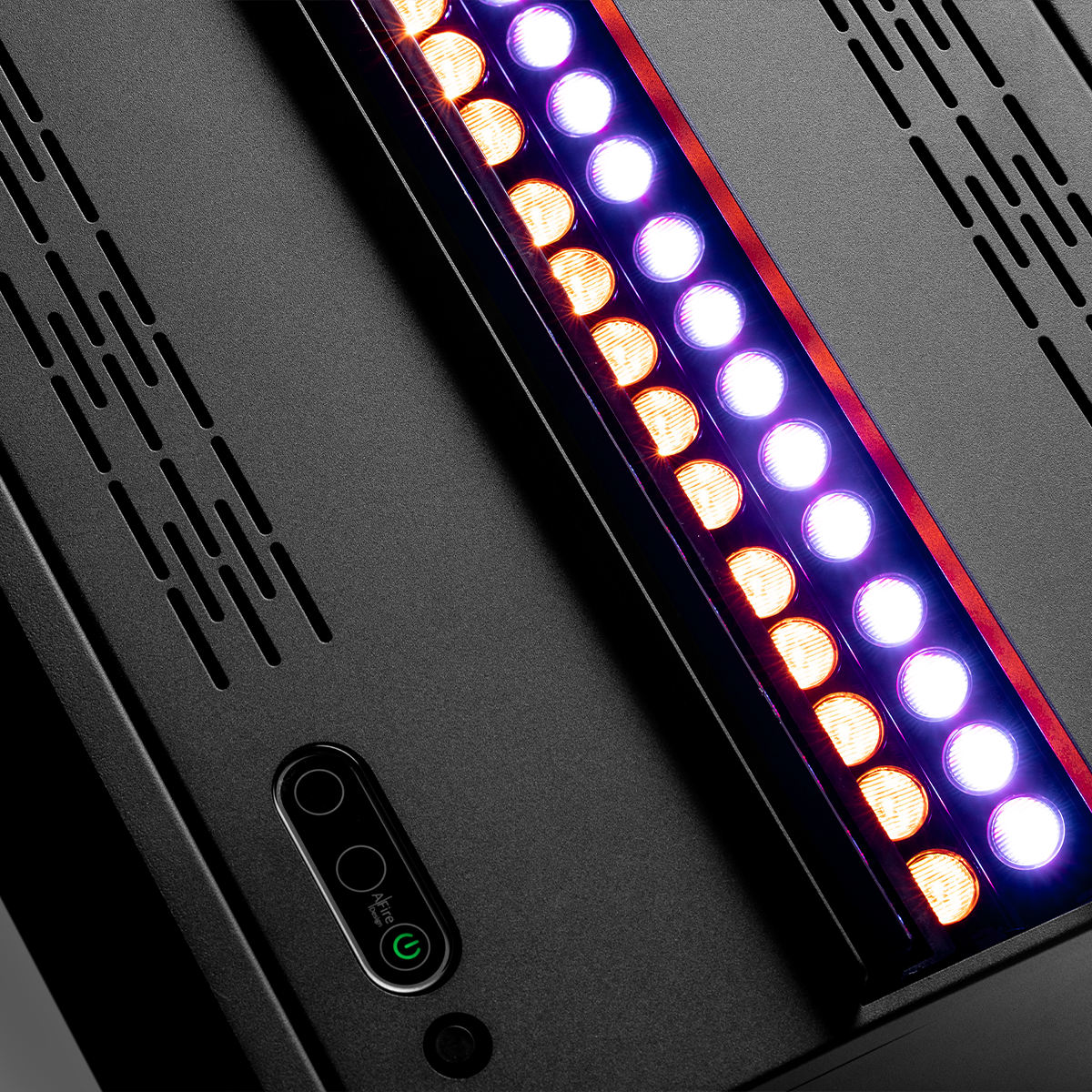
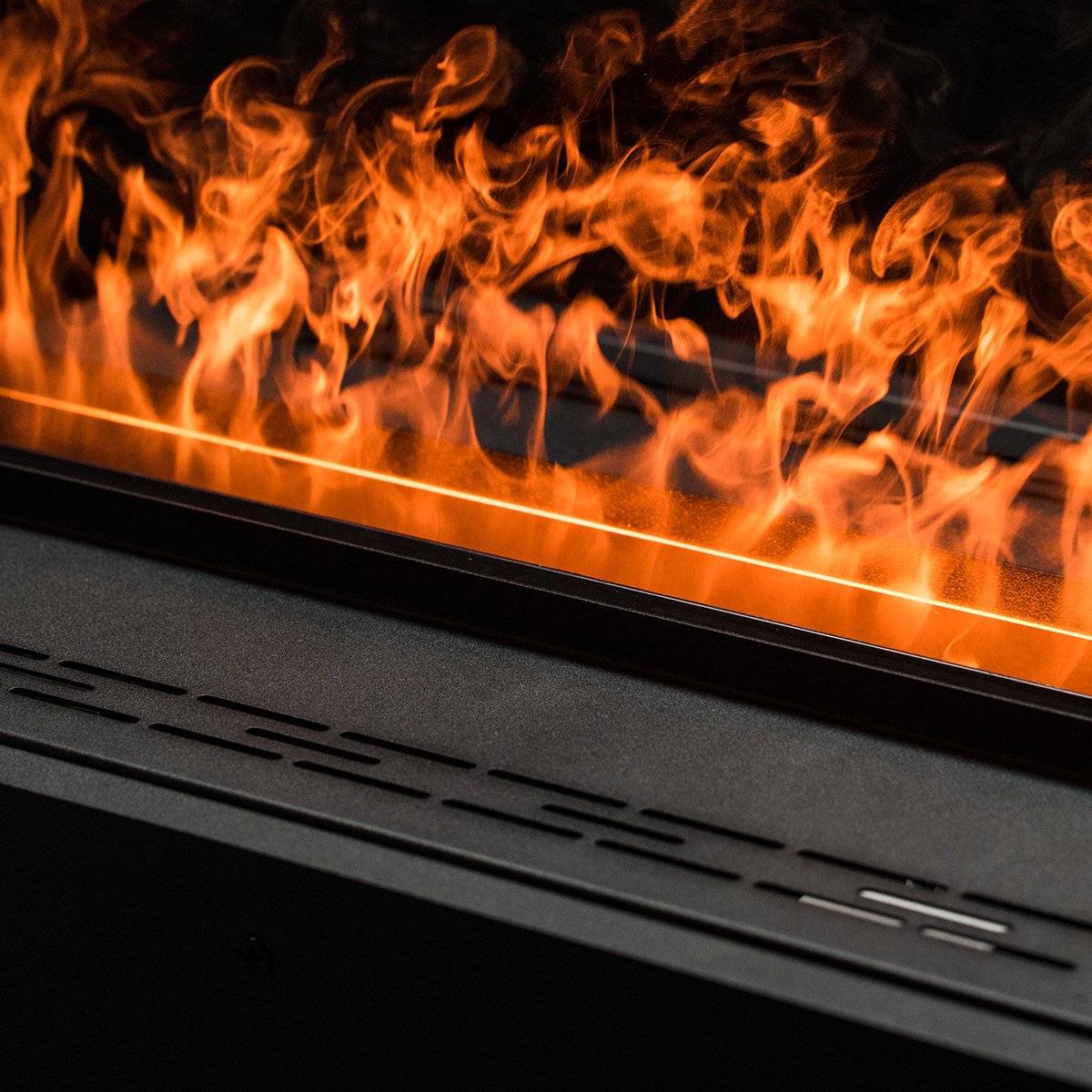
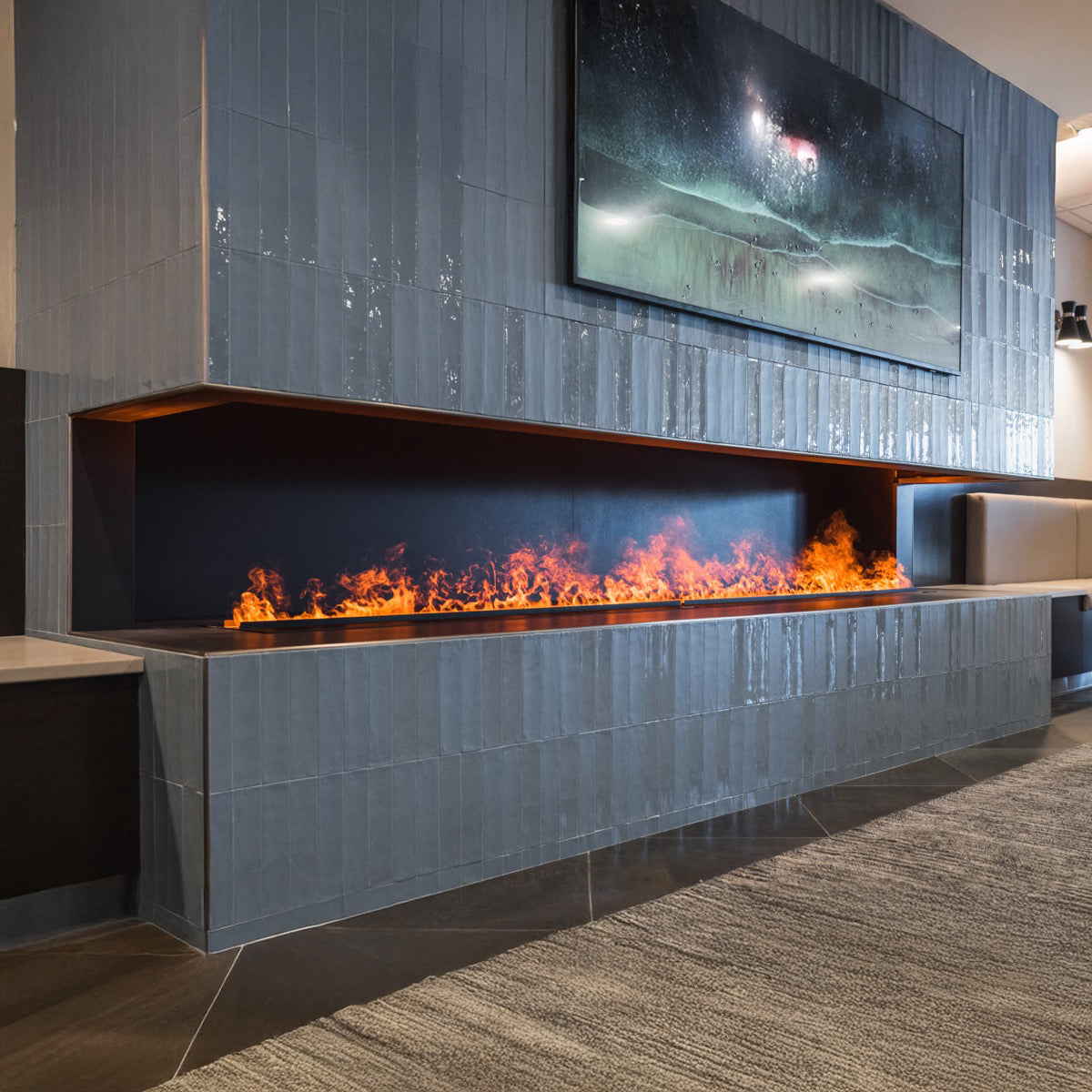


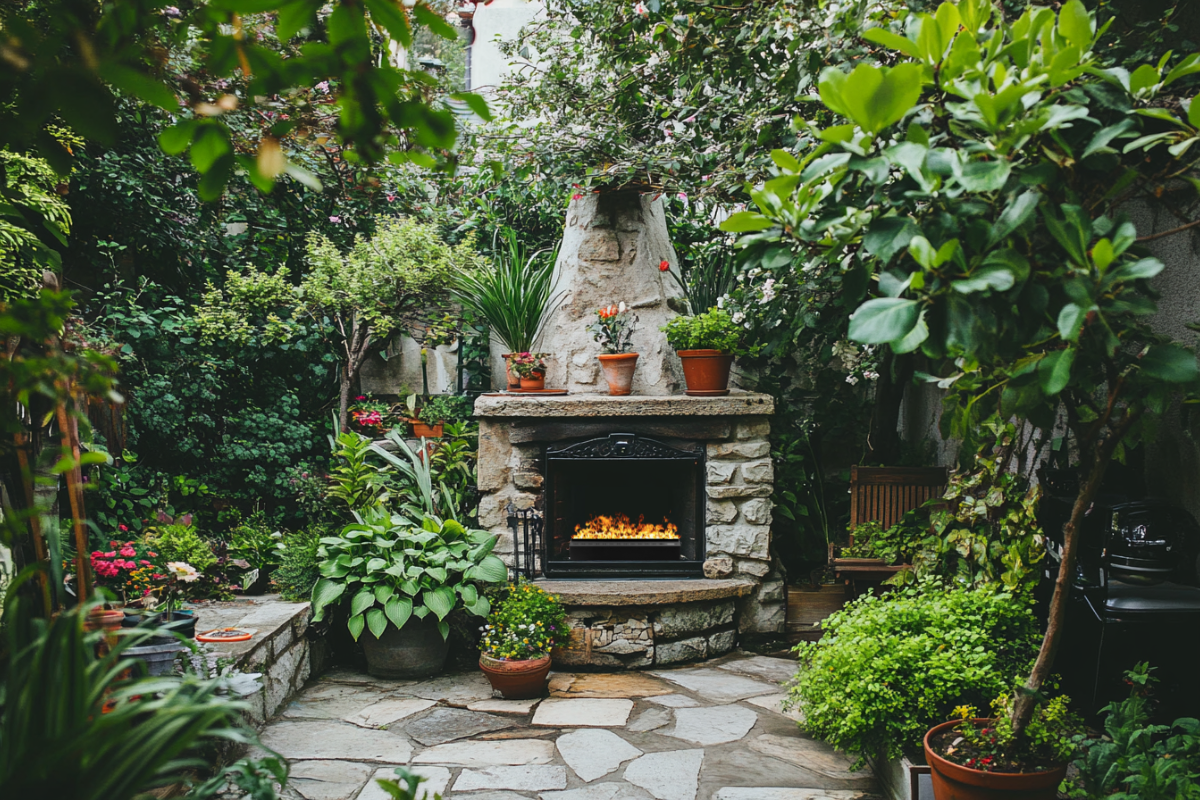

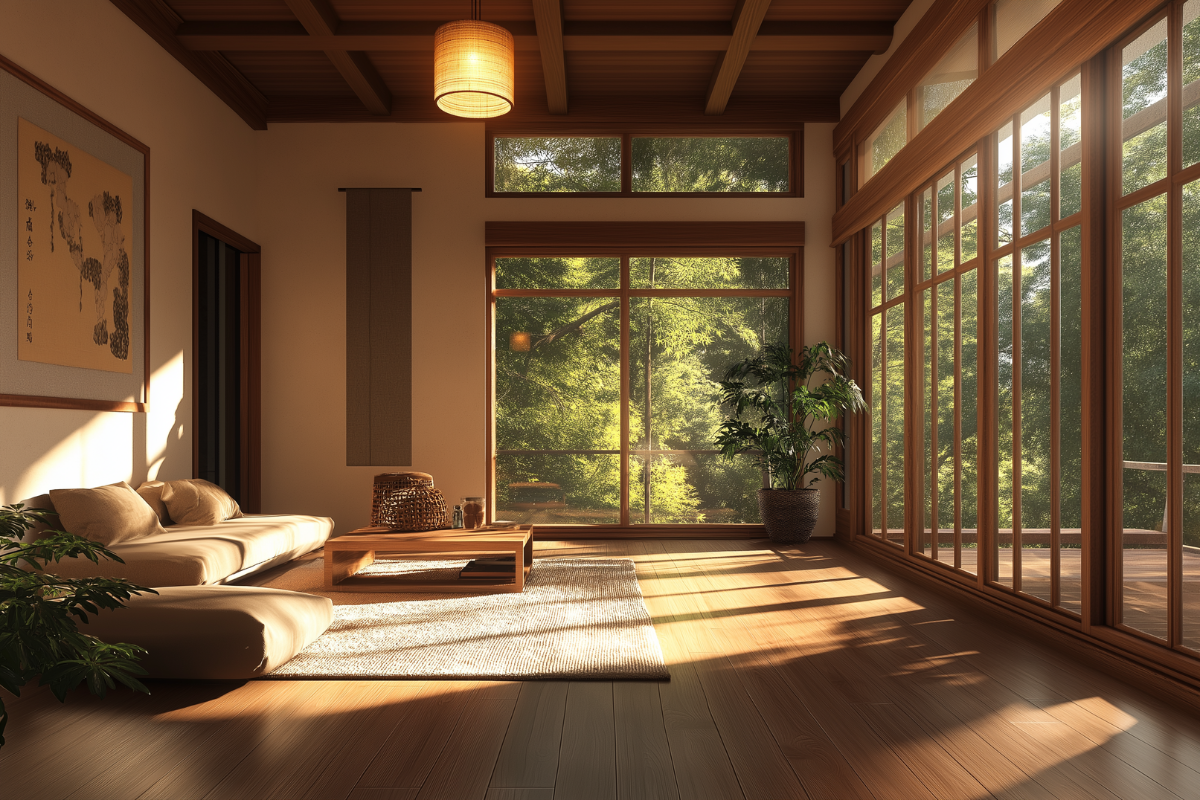
Leave a comment
This site is protected by hCaptcha and the hCaptcha Privacy Policy and Terms of Service apply.